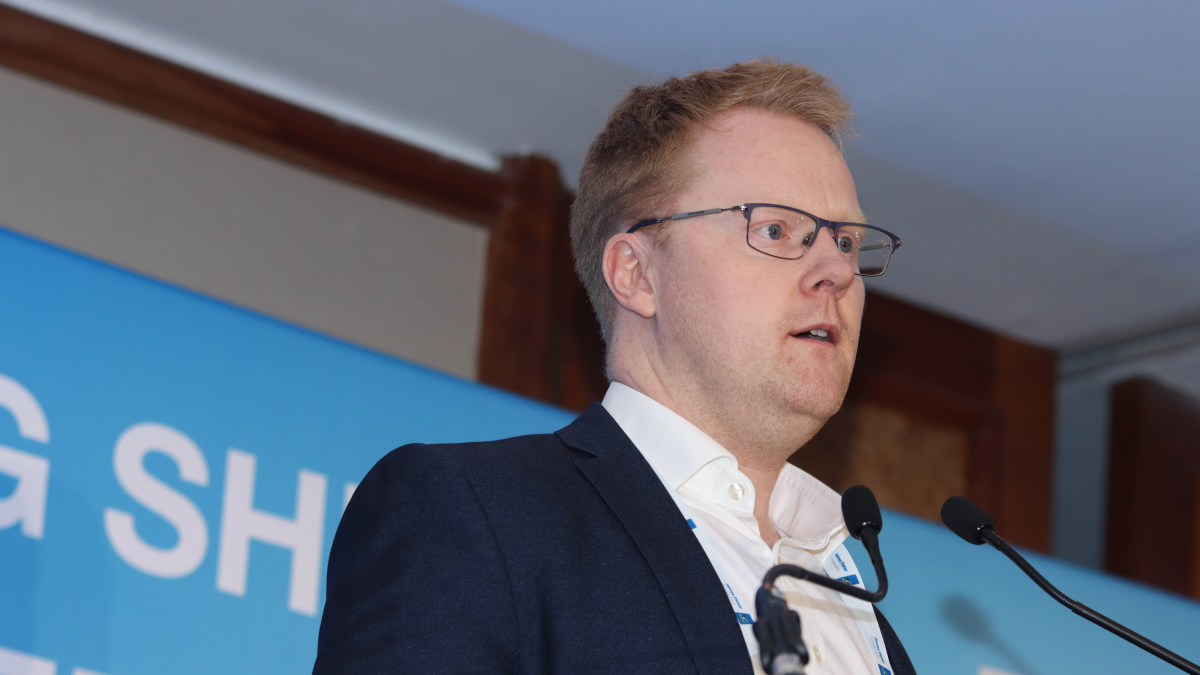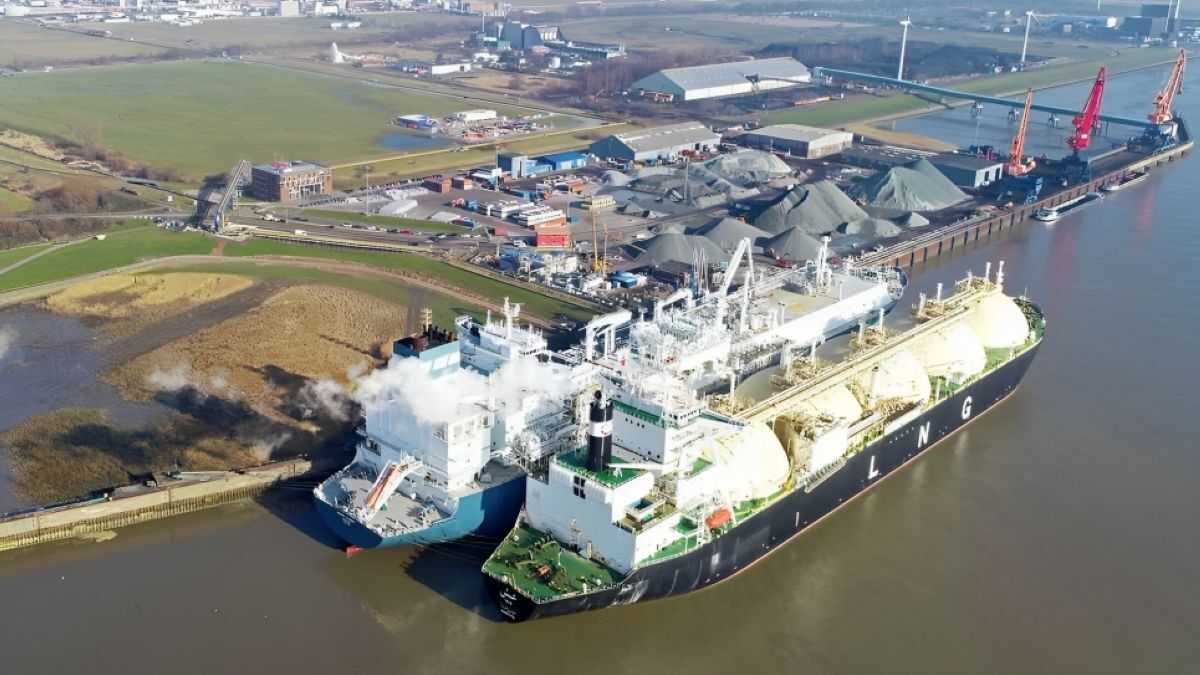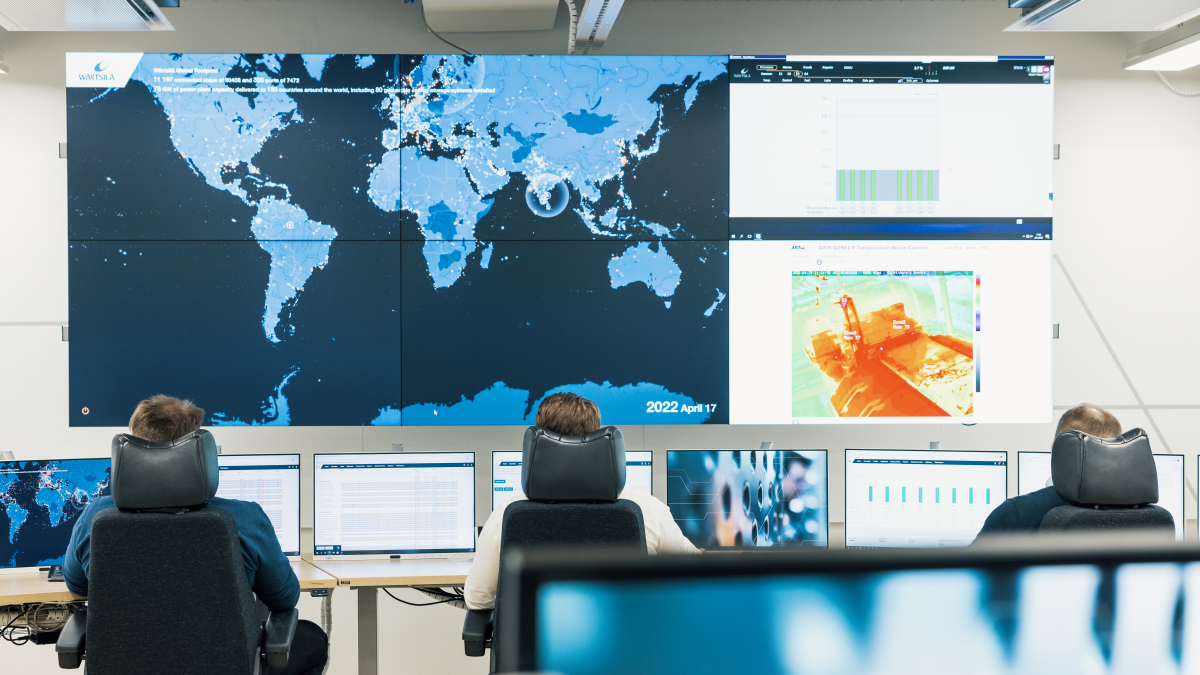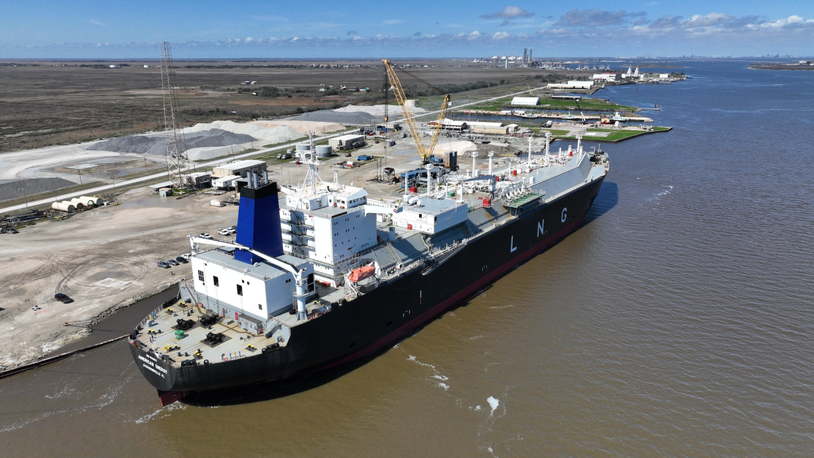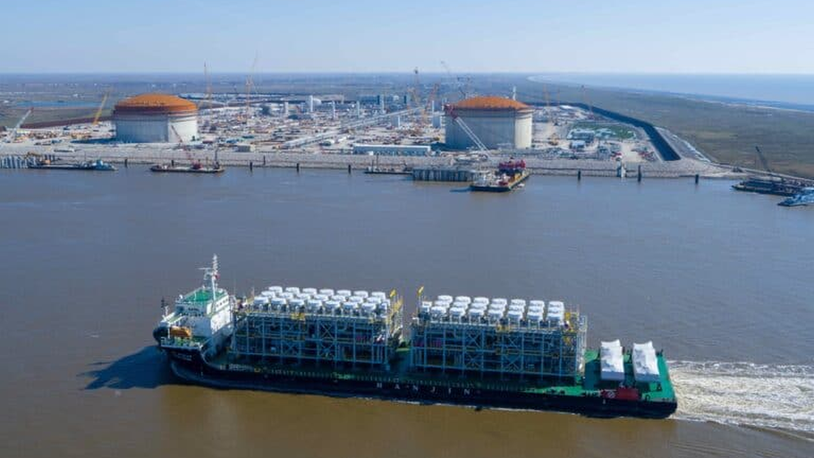Business Sectors
Events
Contents
Register to read more articles.
Commercial insights into the expansion of the LNG bunkering market
The global LNG bunkering market has expanded, but is this growth in line with demand and what are the associated risks and opportunities?
In the ever-evolving realm of maritime fuels, LNG has emerged as a promising contender, driven by a confluence of economic incentives and regulatory imperatives. Speaking at the LNG Shipping & Terminals Conference 2023 in London in November 2023, Lansdowne Moritz, managing consultant, Gary Regan, offered a nuanced perspective on the trajectory of LNG bunkering, shedding light on key drivers, market projections, and associated challenges.
He noted that marine LNG demand is forecast to grow by 300% from 2022 to 2026 and a notable shift in focus towards CO2 emissions reduction has propelled LNG into the spotlight, aligning with regulatory frameworks such as FuelEU Maritime. Mr Regan highlighted the legislation’s significance, asserting: "FuelEU Maritime will have a far greater impact than many anticipate." By targeting reductions in GHG intensity, the regulation places LNG in a favourable position, given its 23% lower emissions compared to VLSFO.
The other driver is the growth in demand for marine LNG in the supply of LNG dual-fuel vessels. His analysis of the current landscape revealed a steady uptake of LNG-fuelled vessels. Mr Regan provided supporting figures, stating: "At the start of 2023, there were 389 LNG-fuelled dual-fuel vessels operational, with an additional 595 [vessels] on order." This growth trajectory underscores sustained interest in LNG as a marine fuel, despite the burgeoning popularity of alternatives like methanol.
“Marine LNG demand is forecast to grow by 300% from 2022 to 2026”
Based on these projections of an expanding consumer base, he noted LNG bunkering demand is expected to soar to 45M tonnes by 2040. Mr Regan said: "We are in a high growth phase, with an estimated demand of 11.4M tonnes by 2026." Moreover, his projections of LNG’s anticipated market share of 20% by 2040 underscores its pivotal role in the global marine bunkering market. Looking ahead, he added that the integration of bioLNG emerges as a crucial factor in LNG’s long-term viability, with Mr Regan advocating for its role beyond 2030.
While LNG enjoys a dominant position, the emergence of low-carbon methanol and ammonia poses potential threats and Mr Regan acknowledged their competitive edge, but cautioned against overestimating their impact. He pointed out: "Challenges in scaling production and infrastructure present barriers." Despite ammonia’s promise, technical and safety concerns loom large, underscoring the need for a balanced assessment of alternative fuels.
But the critical issue, noted Mr Regan, is the mismatch between LNG demand and bunker vessel capacity. This reveals a pressing need for increased investment in infrastructure. Mr Regan highlighted the industry’s underinvestment in LNG bunkering infrastructure, warning of potential repercussions; marine LNG demand will outstrip LNG bunker supply capacity by Q1/Q2 2025 and he noted that the earliest delivery of newbuild LNG bunker vessels is now H2 2026. This means that some dual-fuel shipowners will be forced to burn VLSFO, even if LNG is significantly cheaper.
By Q4 2026, the supply capacity shortfall is expected to amount to 1.3M tonnes of LNG per quarter in the Lansdowne Moritz base-case scenario, with another 6-10 LNG bunker vessels globally required by the market before the end of 2026.
In conclusion, he observed: "Uncertainty in LNG pricing and supply dynamics poses challenges for shipowners considering LNG as a fuel option." Addressing these challenges requires concerted efforts to bridge infrastructure gaps and navigate price uncertainties, he said.
Related to this Story
Events
Maritime Environmental Protection Webinar Week
Cyber & Vessel Security Webinar Week
The illusion of safety: what we're getting wrong about crews, tech, and fatigue
Responsible Ship Recycling Forum 2025
© 2024 Riviera Maritime Media Ltd.


